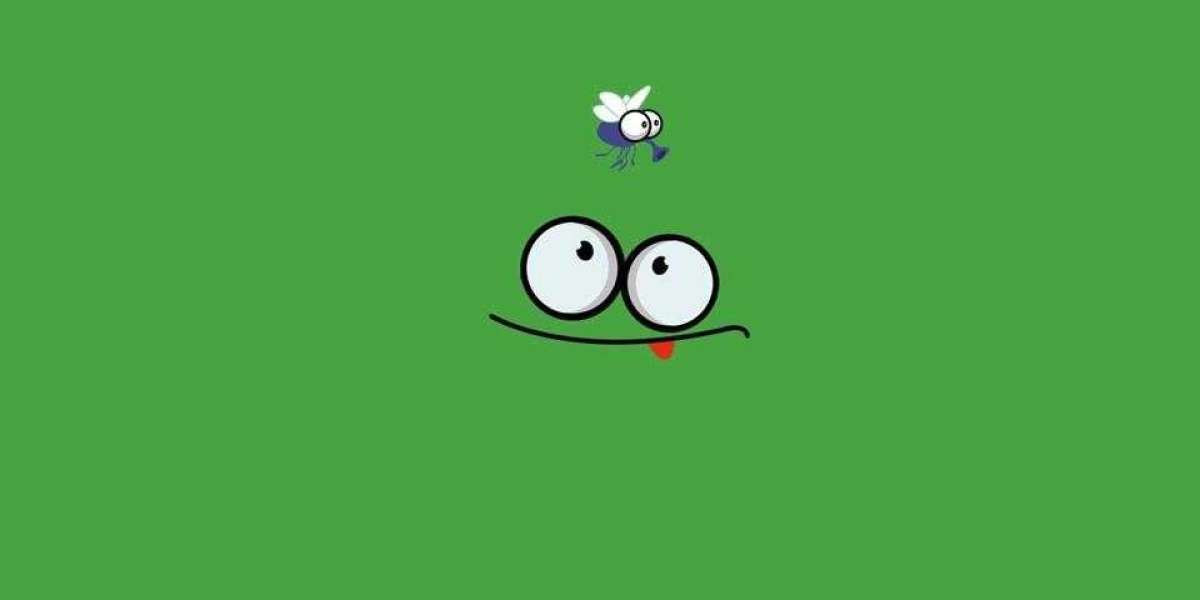Dada was an Art movement with its peak in 1916-1920s. This movement was established as a position against the War, and particularly World War I. They saw all the negativity of the war. They also were against the Art. It was a protest against beauty, because Art didn't save civilization from wars.
The members of that movement organized demonstrations, propagandas, wrote brochures, manifestos against the cruelty of war using ideas of Arthur Rimbaund in poetry, and critical ideas of Max Jacob (who later died in the Nazi concentration camp) and Guillaume Apollinaire. They established the new Journal where they wrote anti-war and anti-terror articles sometimes by using satire. Also the group made different absurd theatrical performances highly criticizing the first World War in Cabaret Voltaire . Tzara, one of the leader, of that group, wrote a lot of articles to different European newspapers, trying to emphasize the whole horror of war.
As Dada movement Surrealism was also under against terror thoughts about World War I . This was one of the predominant facts for both movements to create something irrational and surreal. Surrealism inherited pessimistic and revolutionary mood because of Dada movement . Dada's main artistic idea was to make various activities and theories, instead of producing actual representational art. The follower of Dada came up with the ideas of irrationality, accidentalness. The “Law of Chances” created by both Jean Arp (he through the pieces of paper on the floor, and where the paper fell down, glue it to the background) and Marcel Duchamp . Dadaists made a lot of experiments by avoiding all kind of artistic laws and orders that were established by the masters in Art before them.
Surrealism inherited ideas from Dada about anti-consciousness, anti-controlled way of thinking in the process of creating pictures. They preferred to use subconscious mind and feelings. They believed in the power of dreaming (Dali), in intuitive associations, and in the idea of chances (Ernst). Some Dadaists Surrealists used a lot of ideas of absurd and illogic.
One of the facts that Dada was a precursor of Surrealism is that some Dadaist artists and poets became Surrealists in their future artistic careers, such as a painter- Max Ernst, a photographer- May Ray, and the poet - Tristan Tzara.
“Invasion of the Night” is one of the most well- known picture by Roberto Matta. He was one of the members of Surrealist group. This pretty big (96.5 x 152.7 cm) oil painting was made in 1940, when the artist moved to New York from Paris. This work was made in biomorphic or abstract Surrealistic style. The use of organic shapes, absence of strong contrast lines, smooth color transitions, warm palette choice , defused forms, all make the illusion of dream, the impression of sleeping silence. The composition is very unique: it is visually reminding the chessboard. It is not made by lines, but by the smooth transitions of the main two yellow forms in background and two main blue- greenish forms, painted as chess squares. The painting makes me to feel the fear because of the luminous saffron color with white spots in between, it makes me feel as canvas has holes in it, and because of this strange use of half-divided horizon line. The tiny red objects all over the canvas transfers the feeling of anxiousness to me. But at the same time this masterpiece amazes me. I can't stop gazing on the picture, because there are so many details are spread all around the canvas. My eyes jump from one object to another. My brain continues drawing patterns of these brown transparent lines all across the painting. I have and impression that this brown-greenish shape (in the upper left side of the work) that looks like a bird, will scream and interrupt this terrifying silence created by the invasion of night.








